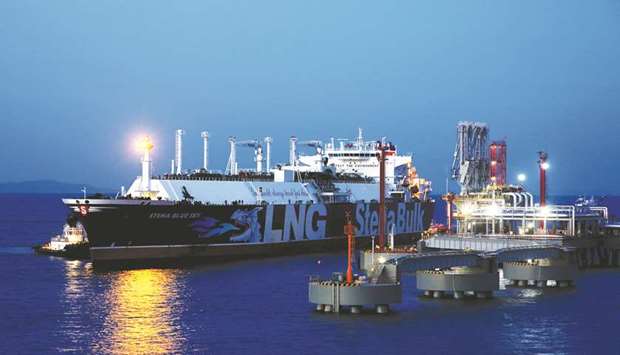China may boost its liquefied natural gas import capacity by nearly four-fold within two decades as it pushes toward using more of the fuel.
The Ministry of Transport has proposed the nation operate 34 coastal terminals with total annual import capacity of 247mn tonnes by 2035, according to people with knowledge of the draft plan. That compares with the nation’s total nameplate capacity of 67.5mn tonnes at the end of last year, according to BloombergNEF. The plan is preliminary and could change, said the people, who asked not to be identified as the information isn’t public.
The transport ministry didn’t respond to a faxed request for comment. The Shanghai Petroleum & Gas Exchange posted information about the plan on its website on Monday, citing a report by Southern Energy Observer.
President Xi Jinping’s government has prioritised using more natural gas in place of coal for residential and industrial use, sparking a race to increase supply and expand infrastructure such as pipelines, storage tanks and import terminals. Total gas imports surged 32% last year as the nation overtook Japan to become the world’s biggest buyer, both by seaborne LNG and pipeline. The boom was so big that China accounted for 65% of global LNG demand growth last year, according to Sanford C Bernstein & Co.
The draft plan consists of two types of terminals, said the people. The first is 13 facilities referred to as “key” or “important,” and will have a combined capacity of 165mn tonnes in 2035. A second category, known as “general” or “ordinary,” will total 82mn tonnes over 21 terminals. Additionally, there are six terminals planned inland along the Yangtze River that aren’t accounted for in the total capacity figure, they said. – With assistance from Dan Murtaugh.

An LNG tanker is seen at the liquefied natural gas terminal owned by Chinese energy company ENN Group, in Zhoushan, Zhejiang province (file). China accounted for 65% of global LNG demand growth last year, according to Sanford C Bernstein & Co.
